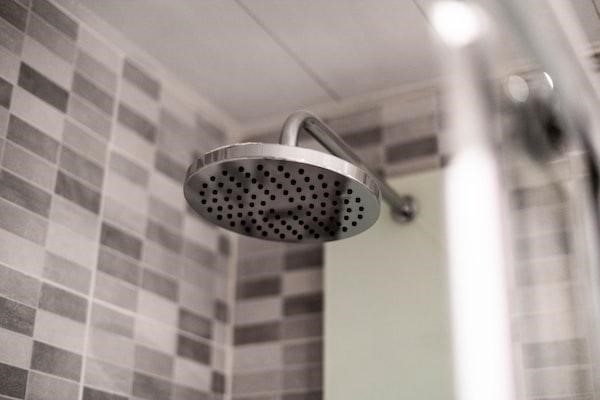If you’ve been in your home for a while, chances are you’re due for a shower replacement. If any of these sound familiar, it’s time to start shopping for a new shower. Keep reading to learn more about signs you should look for to determine whether you need a shower replacement.
Old Worn-Out or Leaky Tiles
Old tiles can be a sign that it’s time for a replacement shower. If the grout is starting to crumble and the tiles are loose, it’s likely that moisture is getting through and causing damage to the walls or floor underneath. This can lead to mold growth, as well as expensive repairs down the road. If you’re noticing water spots on the ceiling or walls, this is another sign that you need a new shower. It is common for water spots to appear near the shower door. But if they’re appearing elsewhere, then you’ll find that it may be time for a new shower installation.
Mildew or Mold Growth
Mildew and mold are both types of fungi that can grow in the shower. They can cause a variety of health problems, so it’s important to be able to recognize the signs of their presence. But the growth of mold can cause a musty odor in the bathroom. It can also cause discoloration or peeling of paint on the ceiling or walls.
Missing or Damaged Grout
If you notice that the grout is missing or damaged in your shower area, it’s likely time for a new shower. This is because the grout can help protect the tiles from water and other elements, so if it’s missing or damaged, the tiles are more susceptible to being ruined. Additionally, if there is any water damage to the tiles or grout, it can be difficult (and expensive) to repair them. So, if you’re noticing any signs of damage in your shower area, it’s best to replace the shower as soon as possible.
Difficulty Getting Clean
If you are having difficulty getting clean after showering, this could be a sign that you need to replace your shower. This is because if the shower head is not working properly, water will not flow evenly and could result in areas of the body not being as clean as they should be. In addition, if the water pressure is too low, it could also lead to an incomplete cleanse. If you are experiencing any of these issues, it may be time to consider investing in a new shower.
Leaking Water in Shower
Sealant is supposed to keep the water from leaking out. If you find leaking water, then it is no longer effective. You will need to remove the old shower and install a new one. This can be a daunting task, but it is something that can be done with the help of the right professional.
Rust Near Shower Area
Rust is often a sign of water damage, and if left untreated, it can cause big problems. Not only can rust damage your shower and the surrounding area, it can also lead to water leakage and even mold growth. If you’re seeing rust near your shower, it’s important to take action right away. Contact a professional to come and take a look, and then work with them to find and install a new shower that will suit your needs.
Caulking Issues and Peeling
Caulking is used to seal the areas where the shower walls and floor meet. If this seal is broken, water can leak into the walls and floor, potentially causing damage. Peeling can also be a sign of water damage, and should be addressed as soon as possible.
A shower is a necessary daily function for most people, and if it is not working properly, it can cause a lot of inconvenience and discomfort. Call a remodeling service and get a shower replacement as soon as possible.
